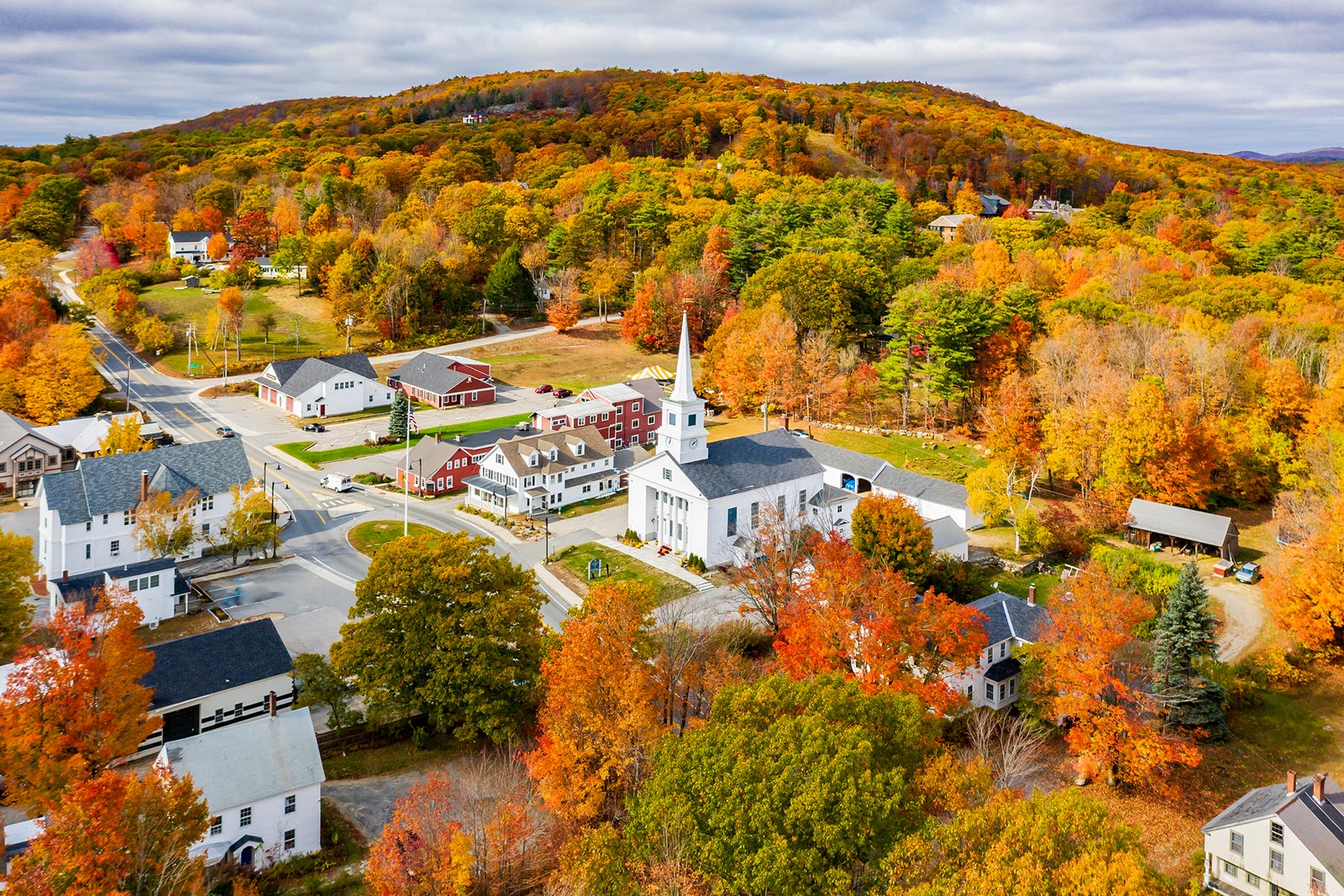I was sat in the sunshine, after a day in the garden, and really noticed the flashes of colour that the garden roses brought to the space.
It is not just me, garden roses have captivated people for centuries with their vibrant colours, enchanting fragrances, and versatile uses in landscapes both in and out of the garden.
They are not just a flower but to many are a symbol of love, beauty, and passion and more. Let’s delve into the world of garden roses, exploring their varieties, care tips, and how to create a stunning rose garden.

What Are Garden Roses?
Garden roses are cultivated varieties of the Rosa genus, primarily bred for ornamental purposes in gardens and landscapes. Unlike wild roses, garden roses are selected for specific traits such as colour, fragrance, size, and blooming patterns.
These roses have become a favorite among gardeners for their ability to thrive in various settings, from formal gardens to casual backyard arrangements.
History and Significance of Roses
The history of roses can be traced back thousands of years. In fact the cultivation of roses is thought to have started over 5000 years ago, most probably in China.
Romans and Greeks
Ancient civilizations, including the Greeks and Romans, revered roses for their beauty and medicinal properties. The Romans utilised them in many ways. As confetti, for perfume and medicine. The Romans were known to create huge Rose Gardens too.
The War of The Roses
The War of The Roses (1455-1487) was a conflict caused by 2 family dynasties claiming the throne. Both sets descended from Edward III. You had the House of York symbolised by a white rose and the House of Lancaster symbolised by the Red Rose.
In fact neither side really used a rose symbol at all. The Red Rose of Lancaster wasn’t even devised until near the end of the war and York had many more widely used symbols at the time.
Shakespeare was a storyteller and he started the roses story in his play Henry VI. And the term ‘War of The Roses’ was never used until 1829 by Sir Walter Scott in his book Anne of Geierstein.
That being said the Tudor Rose was created by Henry VII as a combination of the Red Rose and White Rose of the factions to symbolise harmony and togetherness.

National Flower
Speaking of which. Many people think the Red Rose is the National Flower of England. However the National Flower of England is the Tudor Rose, the combination of the Red Rose of Lancaster and the White Rose of York.
The Rose is the National Flower of The USA, Luxembourg, Czech Republic, Slovakia and the Maldives.
In literature, roses symbolize love and affection, further solidifying their status as a beloved flower. Notably, the rose is the national flower of the United States, signifying its cultural importance and connection to human emotions.
Introduction of Cultivated Roses
The many types of garden roses we have today are from cultivated varieties and they were not introduced until the 18th Century.
Cultivation allowed for hybrids and helped to create blooms that repeated throughout the season.

The Significance of Rose Colours
The colour palette of roses is as diverse and evocative as the emotions they symbolize. Each hue carries its own historical unique meaning and conveys a range of sentiments, from the passionate red rose to the innocent white bloom.
Red roses have long been associated with love and desire, making them a classic choice for romantic gestures and expressions of affection.
Pink roses, in varying shades from pale blush to vibrant fuchsia, symbolize grace, admiration, and gratitude, making them versatile flowers for gifting and decor.
White roses embody purity, innocence, and reverence, often used in weddings, memorials, and spiritual ceremonies to signify new beginnings and heartfelt remembrances.
Yellow roses, with their cheerful and sunny demeanor, represent joy, friendship, and optimism, brightening any occasion with their radiant presence.
Orange roses exude energy, enthusiasm, and passion, adding a fiery zest to bouquets and arrangements.
Lavender and purple roses evoke enchantment, mystery, and elegance, making them a sophisticated choice for conveying admiration and enchantment.

Different Varieties
Understanding the different types of garden roses is essential for choosing the right ones for your garden. Each variety has unique characteristics, making them suitable for different gardening styles and preferences.
Hybrid Tea Roses
Hybrid tea roses are perhaps the most popular type of garden rose. They are known for their large, elegant blooms that are perfect for cutting. These roses exhibit a classic shape and come in a myriad of colors. They typically bloom once or twice a season, making them a staple in rose gardens.
Floribunda Roses
Floribunda roses are a hybrid between hybrid teas and polyantha roses. They are characterized by their abundant blooms, which tend to cluster together on a single stem. These roses are hardy and produce flowers continuously throughout the growing season, making them ideal for garden borders and mass plantings.
Grandiflora Roses
Grandiflora roses combine the best features of hybrid tea and floribunda roses. They have tall, sturdy stems and exhibit large blooms that can be found in clusters. This variety is perfect for creating a dramatic impact in garden landscapes due to its height and striking flower heads.
Climbing Roses
Climbing roses are unique in their growth habit, as they can be trained to climb trellises, fences, or walls. With their long canes, these roses can add vertical interest to any garden. They bloom once or repeatedly, depending on the variety, and can create stunning displays of color and fragrance against structures.
David Austin Roses
David Austin roses, bred by the renowned English rose breeder, combine the beauty of old-fashioned roses with the hardiness of modern hybrids. They have lush, peony-like blooms and are known for their intense fragrance. These roses are perfect for gardeners seeking a romantic, cottage-style garden.
Miniature Roses
Miniature roses are compact versions of traditional roses and are perfect for small gardens or container gardening. Despite their small size, they produce vibrant blooms and a delightful fragrance. These roses are ideal for beginners due to their manageable growth and care requirements.

Roses In Art
Roses have long been a popular subject in art, featuring in paintings, sculptures, and other artistic mediums throughout history. Some notable examples include:
Vincent van Gogh often included depictions of roses. The Pre-Raphaelite painter John Everett Millais captured the delicate beauty of roses in works like Ophelia.
Salvador Dali painted Meditative Rose which is a minimalistic red rose with no stem. Ambrosius Bosschaert, a dutch painter often painted bright floral still-lifes, many included roses.
Due to their beauty and intrigue roses are a popular subject in art that people want to do from all levels. Zoe has produced a step by step guide on how to draw a rose.
How to Care for Garden Roses
Caring for garden roses involves several key practices that ensure robust growth and beautiful blooms. Proper care can lead to a healthy rose garden that flourishes year after year.
Choosing the Right Location
Roses thrive in full sun, requiring at least six hours of sunlight daily. When selecting a location, consider factors such as air circulation and nearby plants that may create shade. Good drainage is essential, as roses are susceptible to root rot in overly wet conditions.
We realised our roses were not doing as well as could due to how they were in the shade for a lot of the day. As soon as we had them getting more sunshine they have gone crazy.
Soil Preparation and Planting
Preparing the soil is crucial for planting roses. The ideal soil should be rich in organic matter, well-draining, and slightly acidic to neutral (pH 6.0 to 6.8). Before planting, amend the soil with compost or well-rotted manure to enhance its nutrient content. When planting, dig a hole wide enough to accommodate the root system and place the rose bush at the same depth it was in its nursery pot.
Watering Techniques
Proper watering is vital for rose health. Newly planted roses should be watered daily until established, while established plants should be watered deeply once a week, allowing the soil to dry slightly between waterings. Early morning is the best time for watering, as it reduces evaporation and helps prevent fungal diseases.
Fertilising Your Roses
Fertilizing your roses is essential to promote healthy growth and flowering. A balanced rose fertilizer, applied in early spring as new growth begins, will provide necessary nutrients. Follow up with additional feedings every four to six weeks until mid-summer. Avoid fertilizing late in the growing season, as this can encourage tender growth that may not withstand winter.
Pruning and Deadheading
Pruning is crucial for maintaining the shape and health of roses. In late winter or early spring, remove dead or damaged wood and shape the plant to encourage air circulation and sunlight penetration. Deadheading, or removing spent blooms, encourages more flowers to develop and can help prevent disease.
Pest and Disease Management
Roses are susceptible to various pests and diseases, including aphids, black spots, and powdery mildew. Regular inspection of plants is essential for early detection. Organic solutions, such as neem oil or insecticidal soap, can effectively manage these issues without harming beneficial insects. Keeping the area around roses clean and free of debris will also minimize the risk of disease.

Creating a Rose Garden
Designing a rose garden can be a rewarding and creative endeavor. It allows gardeners to express their style while creating a beautiful space filled with fragrance and color.
Designing Your Rose Garden
When creating a rose garden, consider the layout and theme you wish to achieve. You can create a formal garden with neatly arranged rows or a more casual arrangement with mixed plantings. Incorporating pathways and seating areas will enhance the garden’s usability and allow for enjoyment of the scenery. Choose a colour scheme that reflects your preferences and complements the surrounding landscape.
Companion Planting with Roses
Companion planting can enhance the health and beauty of your rose garden. Plants like lavender, marigolds, and chives can help repel pests, while herbs like basil and oregano can provide a pleasant aroma and beneficial insects. Additionally, consider planting perennials that bloom at different times to extend the garden’s visual appeal throughout the seasons.

Famous Rose Gardens
From ancient royal gardens to modern botanical sanctuaries, rose gardens around the world offer a feast for the senses and a glimpse into the artistry and passion of horticulture.
The Butchart Gardens in Canada, with its breathtaking display of roses in various hues and forms.
The Gardens of Ninfa in Italy, renowned for their romantic charm and historic ruins, feature a collection of ancient and modern roses that enchant visitors with their beauty and fragrance.
The Zakir Hussain Rose Garden in Chandigarh, India, designed by renowned architect Le Corbusier, is a modernist masterpiece that celebrates the harmony between nature and art. It has over 1600 varieties of rose. It is Asia’s largest Rose Garden.
In the UK we have The Walled Garden at Mottisfont which was designed by Graham Stuart Thomas. It has the famous National Collection of pre cultivation roses, the old-fashioned type. Over 500 varieties,
Whether you seek inspiration, relaxation, or simply a moment of serenity, exploring these famous rose gardens can transport you to a world of beauty and wonder, where roses reign supreme in all their timeless elegance.
How to Arrange Roses in a Vase
Creating stunning floral arrangements with roses is a delightful way to showcase the beauty and elegance of these timeless blooms. When arranging roses in a vase, start by selecting fresh, healthy blooms with sturdy stems and vibrant colors for the best visual impact.

Remove any foliage that will be below the waterline in the vase to prevent bacterial growth and maintain water clarity. Trim the stems of the roses at an angle under running water to ensure proper hydration and optimal water uptake.
Arrange the roses in the vase, starting with the largest and focal blooms in the center and gradually adding smaller flowers and foliage around them to create a balanced and harmonious composition.
Fill the vase with clean water mixed with floral preservative to prolong the longevity of the roses and keep them looking fresh. Display the rose arrangement in a cool location away from direct sunlight and drafts to maintain their beauty and extend their vase life.

Conclusion
Garden roses offer beauty, fragrance, and a touch of romance to any landscape. By understanding the various types, caring for them properly, and designing an inviting garden space, you can create a stunning rose garden that delights the senses and brings joy for years to come. With the right attention and care, your garden roses will become a cherished part of your outdoor area.
FAQs
What is the best time to plant garden roses?
The best time to plant garden roses is in early spring or fall, as this allows the plants to establish roots before the heat of summer or the cold of winter.
How often should I fertilise my roses?
Roses should be fertilised every four to six weeks during the growing season, starting in early spring. Avoid fertilizing in late summer to prevent tender new growth from being damaged by winter.
Can I grow roses in containers?
Yes, many rose varieties, particularly miniature roses, thrive in containers. Ensure the container has proper drainage and use a high-quality potting mix tailored for flowering plants.
How can I prevent diseases in my rose garden?
Maintaining good air circulation, watering early in the day, and keeping the garden free from debris are key practices to prevent diseases. Regularly inspect your plants for any signs of pests or disease.
What is the best way to prune roses?
Prune roses in late winter or early spring by removing dead or damaged wood and shaping the plant to encourage healthy growth. Make clean cuts at a 45-degree angle just above a bud to promote new growth.

![10 BEST Camera Backpacks for Travel [2024 Guide]](https://www.nomadasaurus.com/wp-content/uploads/2022/02/Best-Camera-Backpack-Feature.jpg)









![GoPro HERO 13 Review – The Ultimate Camera Guide [2024]](https://www.nomadasaurus.com/wp-content/uploads/2024/09/GoPro-HERO-13-Black-Review-Feature-Image.jpg)






 English (US) ·
English (US) ·